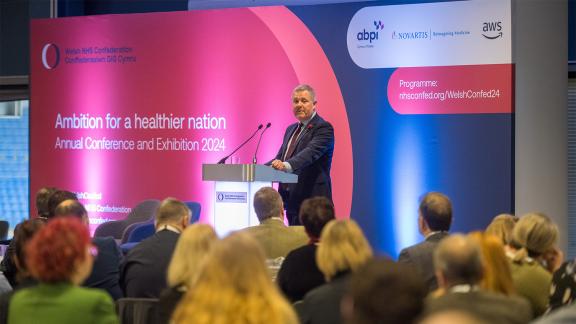Resident doctor strikes could jeopardise NHS performance improvements

- The total waiting list for procedures and appointments has dropped from 7.39 million in April to 7.36 million in May;
- The proportion of people waiting less than 18 weeks for care stood at 60.9% - the highest level since July 2022 but below the interim 65% target;
- Some 75.5% of patients were admitted, transferred or discharged from A&E departments within four hours in June, up slightly on the 75.4% in May;
- There were 2.35 million attendances and 536,896 emergency admissions at A&Es across England in June, both the highest levels for any June on record.
Responding to the latest NHS performance figures, Rory Deighton, acute director at the NHS Confederation, said:
“While this data shows that the hard work of the NHS is leading to improvements, there is still a long way to go if the health service is to meet the government’s ambitions. This will be made even harder if resident doctors down tools and go on strike as it could see tens of thousands of appointments and operations cancelled as other staff – including consultants – are diverted over to cover staffing gaps.
“The drop in elective waiting lists is very welcome, and despite having the busiest June on record, A&E teams managed to reduce so-called trolley waits and improve performance against the four-hour target. But it is clear from this data that staff are having to work incredibly hard to make incremental improvements.
“That is why the recently published Ten-Year Health Plan is so important, as it sets out an ambitious roadmap of how the NHS is going to balance the need for short-term improvement against long-term reforms. Health leaders and their teams need to be able to prioritise these improvements and reforms if the NHS is going to be put on a sustainable footing.”



